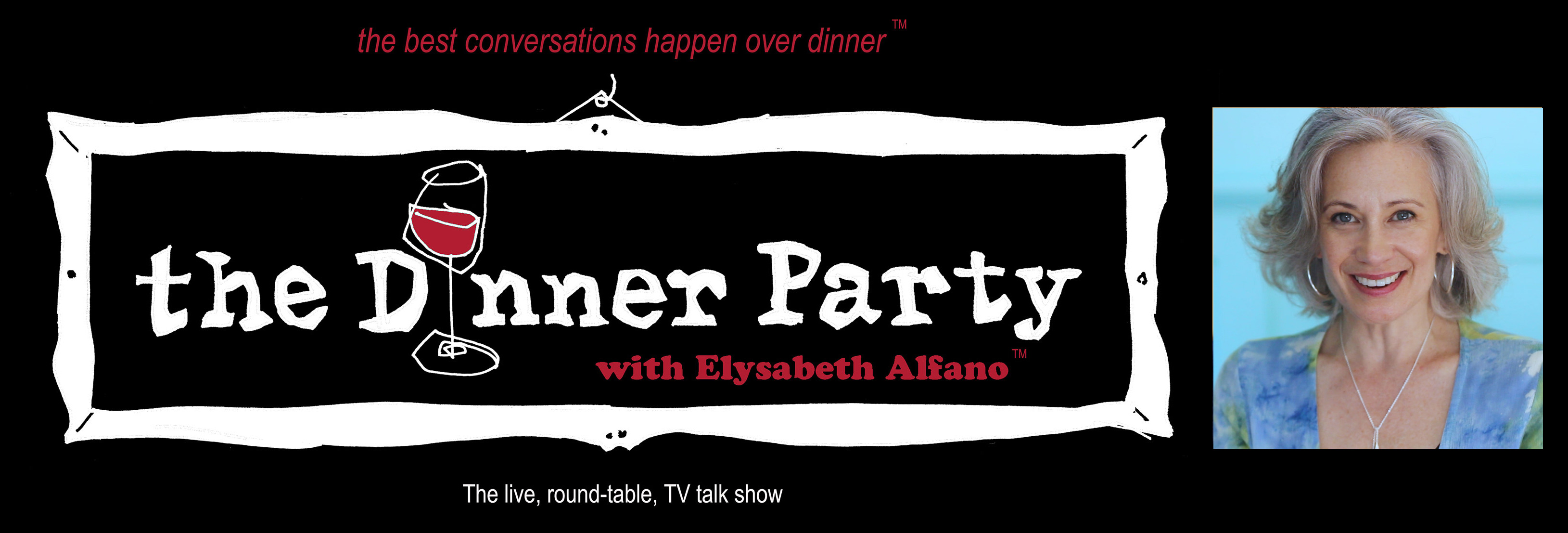Exposure Exposed: Debunking the Myth that Artists Should Work for Free Part II
September 28th, 2010A Typical Conversation
“Oh, you mean you expect me to pay for the artwork?”
Up until that point in the conversation, I though things had been going pretty well. It was my 52nd call of the day and I got right through to the business owner – in this case we’ll say it was was the owner of a dental office. I had walked past their location the week before and noticed that they had nothing on their waiting room walls, so I took a photo of their business on my phone and made a note to call them.
After some chat and agreement on the importance of working with the local art community, we moved to the next stage. Together we looked on the website and selected a few artworks that might be a fit for their office. When I indicated the monthly lease price, which was a total of somewhere in the vicinity of $50 a month, even though it would be tax deductible as a leasing expense, they were suddenly shocked and appalled.
I tried not to show any frustration, so I took a deep breath, swallowed my ire, and waited.
“I thought artists do this for free,” the business owner continued, “for the great exposure of being up in our office.”
There it was, as if on cue, a word that I’ve come to mistrust after hearing 10,000 times since I started jumped into the art business just over a year and a half ago. Exposure. But not Exposure as in, “we will make a demonstrable and concerted effort to generate revenue for the artist by promoting their work or selling it to our clients.” That would be more palatable. What they mean is Exposure as in, “oh, that’s very nice and sure we care about local artists, but just not enough to pay a penny for their artwork.”
Since I had encountered the argument previously, I was a bit better prepared this time.
“Mr/Mrs. Dentist, can I ask you a question? If Sandra Bullock walked into your office and needed dental work, would you do it?”
“Of course.”
“Would you do it for free? For the great exposure?”
“Well, no. I would bill them like I bill any client.”
“And why is that? Wouldn’t it be great to be able to say that you were responsible for those pearly whites every time she smiled? Isn’t that great exposure for you and your business?”
“Well, uh, yes, but, uh… Well, you see, I’m a trained professional and I deserve to be paid according to my skills.”
“Exactly,” I smiled. “So, maybe you could tell me why you feel that artists as professionals should be any different?”
It takes a bit of guts to say that – the first time I did it, I didn’t even recognize my own voice. But I know now that if I don’t say it to a prospect, no one else is going to. It’s my job to defend the value of my artist’s work and sometimes I have to push my comfort level in doing so. Why is it so hard to push back, even when we believe in the value of the product? Maybe it would help to explore the question posed above, why are the artists different than the dentists? Both are professionals and both have spent the time, energy and schooling to become what they are. The most significant, and perhaps the only reason that I can come up with as far as why the dentists would bill Sandra and the artists wouldn’t is because the artists allow themselves to work for free!!!
“What artists could really use is a script, or a means of overcoming some of the common objections,” artist and art-business guru Lynn Basa suggested. I’ve taken her comment to heart and attempted in the following section to create some actionable, real-life responses that artists can use to protect the value of their work and skills.
A Brief Artist’s Script
After reviewing a few of the different methods of generating exposure above, you should hopefully have an easier time in separating those real opportunities from excuses not to pay artists for their work. The following is a short list of tactics and scripts I’ve developed to help you stand up for the value of your work when someone asks to provide artwork, but doesn’t plan on compensating you.
1)Turn it around version one. When someone asks you if you would put your artwork up for the exposure, ask them if they would do the same. If they’re a doctor, would they perform surgery for the recognition? Would an accounting firm do your taxes for the exposure, even if you send emails to your distribution list of 500 people?
2)Turn it around version two. You probably know how many people on average you reach with your newsletter, facebook, twitter, etc… (and if you don’t, you should). If a business owner tries to convince you that they’re giving you great exposure, call them on it. Ask how many people they will call, email or reach through social media. Go further and ask about demographics – what sort of people are they reaching? Odds are, you may be giving them significantly and measurably more exposure than they are giving you.
3)You get what you pay for. This is a line that a lot of business use when they are confronted with a competitor who can do the same thing for less (or for free). It may not always be the case – maybe there is a gifted artist down the street willing to provide their work for free, but most artists who believe in the value of their work will defend that value.
4)Kill em with laughter. If you have the kind of relationship where you can be a bit comedic, let them know that sadly, your landlord said that you can no longer pay your rent based on exposure and that the grocery store said the same thing. Yes, it’s meant to be funny, but it also illustrates the point that you can’t survive off of exposure.
5)Re-examine the needs and realign interests. This is a big one and it takes a little explaining. I’ll use charitable organizations as an example. Most of us have been contacted at least once (and more likely once a week) by a local organization that wants you to donate an artwork for their auction. I am a very strong believer in supporting local charitable causes, but at the same time, if I gave an artwork to every group that asked, I would be a charitable cause myself. So I decided to do something different – I stepped back and looked at the bigger picture. The goal of the charity is to generate real, tangible cash for their cause. And my goal as an artist is to sell or lease my artwork. So rather than asking the charity to pay for my work (in which case I win and they lose) or donating my work for free (in which case I lose and they win), why not offer them a certain percent of the revenue from some of my artwork. Now, both the charity and I win by selling or leasing the artwork – their needs and my own have been aligned in a new way.
6)Gently take a hard line. That sounds like a bit of an oxymoron, but it’s not. You can be friendly and sweet and smile the whole time that you tell someone that you want to help them, but you need some sort of compensation. Explain that if you do work for free, you are saying that there is no value to your artwork. And then be willing to negotiate. You can say, “look Mr/Mrs. Business owner, maybe you can’t pay me the full sales value for my work, and I can’t work for nothing… is there something in between that makes it worthwhile for both of us?” One of the keys to negotiating of course, is starting off with more than you expect to get. It was very subtle, but notice how I stated, “maybe you can’t pay me the full sales value for my work,” – I wouldn’t really expect to get the full value of the work if this is a temporary or consignment deal, but I set the price high to start because I know we will negotiate and reach a happy middle ground. Negotiation tactics are challenging, even for brilliant businesspeople, but if you believe in the value of your work, than you have the basis you need to begin. The hardest part of negotiating can also be reaching the point beyond which it’s probably not worth your time. You have to be prepared to walk away from an opportunity, because if you are not, the odds are that the other party will call your bluff. Nothing hurts more than walking away from an opportunity, I know this first hand, but ultimately defending the value of your work may sometimes mean not providing your work at all.
I hope that this list of responses is a good start but it is by no means complete, so I would like encourage and challenge you to add to it, customize it and most of all use it. After using the responses above for over just over a year, I have found that when local business like the works from my artists, I have no compunction about borrowing from the Jerry MaGuire play-book and asking them to show me the money (or in this case the value) of the exposure they claim to provide. Taking that stand, though tough at first, is almost guaranteed to help you find the real value in exposure. I’ll leave you with one final quote from artist Shane Swank who might have put it best in a recent conversation. To paraphrase his comment, “In the Midwest, exposure is more often a cause of death than a means of selling artwork.”
-Joshua Ginsberg
 Joshua Ginsberg is the owner and founder of Chicago Art Leasing LLC – a leading provider of local artwork for sale, providing innovative cost-saving, flexibility and benefits for clients while also creating annuities for artists from their inventory. Ginsberg’s diverse background includes experience in industries including technology, sales, marketing, finance, and clinical research. He has written published articles on a wide range of topics including art and entrepreneurship.
Joshua Ginsberg is the owner and founder of Chicago Art Leasing LLC – a leading provider of local artwork for sale, providing innovative cost-saving, flexibility and benefits for clients while also creating annuities for artists from their inventory. Ginsberg’s diverse background includes experience in industries including technology, sales, marketing, finance, and clinical research. He has written published articles on a wide range of topics including art and entrepreneurship.






